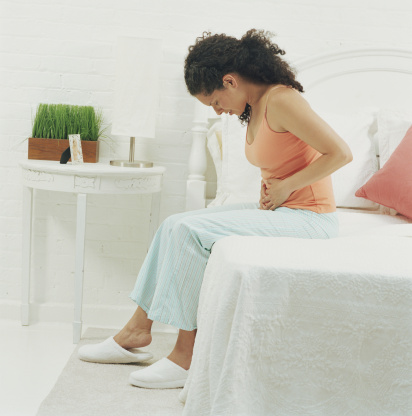How to Settle Your Stomach after Food Poisoning

Food poisoning is indeed a very painful experience. One moment you are having a great time eating something really tasty and a few minutes later, you find yourself vomiting, having diarrhoea, a low-grade fever and intense pain in your stomach region due to abdominal cramping.
If you develop any of the aforementioned symptoms, you need to immediately make some drastic changes to your diet. This will not only allow you to find some relief from vomiting and the severe pain in your stomach region, but will also help you regain a healthy digestive system.
Instructions
-
1
Drink fluids instead of eating something solid until your vomiting slows down or completely stops. You will have trouble keeping solid food down. Fluids such as water, non-caffeinated tea, ginger ale and fresh juices will help to keep your stomach settled and at the same time keep you from getting dehydrated. While drinking a fluid, remember to do it slowly, taking one sip at a time. You may find yourself becoming a bit annoyed by not being able to eat anything solid, but do not let this annoyance get the better of you. Vomiting is not the greatest sensation to feel and therefore you should take measures to prevent it from occurring.
-
2
Once the vomiting stops, introduce bland foods into your diet. This basically consists of foods that are not hard to chew such as rice, bananas, toast and applesauce. While eating toast, it is best to dip it in milk or tea to soften it up even more. Bananas are one of the first fruits that are recommended to a person experiencing stomach problem due to its well-known benefits. Rice should be cooked in plenty of water so that they are soft and consequently easy to chew. You can also eat pretzels, gelatine and dry crackers once the vomiting stops.
-
3
After sticking to bland foods for a few days, make a gradual shift to your normal diet. Do not jump into your routine diet immediately. Instead, eat something like plain pasta on the first day, have whole-grain bread on the second day and so on. Do not forget to consume food rich in proteins such as eggs and other poultry items. Fruits and vegetables should also be a regular part of your diet.
-
4
If you have not vomited for several days even after moving back to your normal diet, start consuming dairy products, spicy foods and fatty foods if you feel like it. Adding such food to your diet too soon could have lead to a relapse in nausea and diarrhoea.


